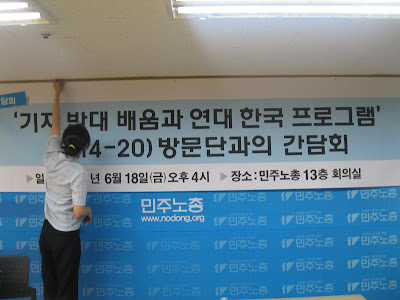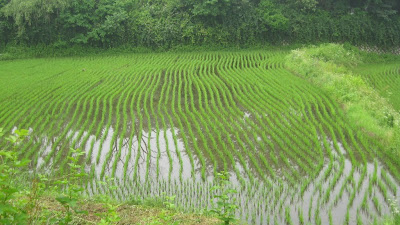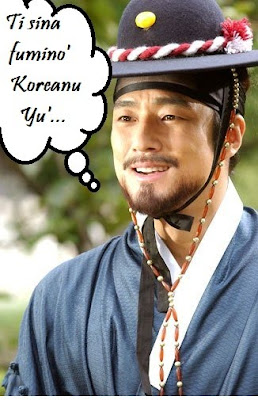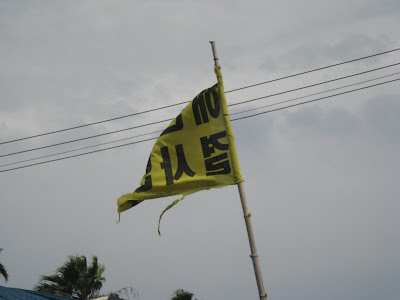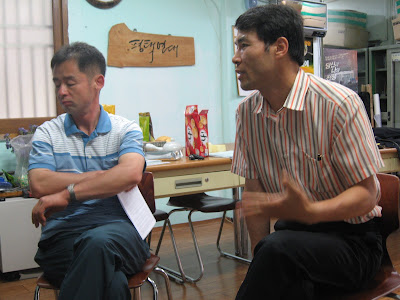SK Solidarity Trip Finakpo': Final Thoughts on My Solidarity Trip
I’ve been back in Guam now for more than a week since my South Korea trip. I’ll still be back-posting for the new few weeks as there is still so much more to say and blog about. Remember that you can easily access the posts for certain days of my trip by clicking on the appropriate tag. Day 1: Seoul Day 2: Pyeongtaek Day 3: Gangjeong Day 4: Seoul Day 5: Mugeon-ri As I think back on my trip I met so many fantastic people and heard so many tragic and inspiring stories. But when I was thinking back on what part of the trip stayed with me the most, or what is sort of that haunting excess, that sticks out and determines far more meaning now than it probably did then, one exchange constantly pops into my mind. It could be so many things: the beauty of Jeju, and the tinaiprisu of the fight of the villagers of Gangjeong, the tragic marks on the soul and skin of political prisoners, the way a people struggle with the division of their nation and its past history of colonization (and current his...

